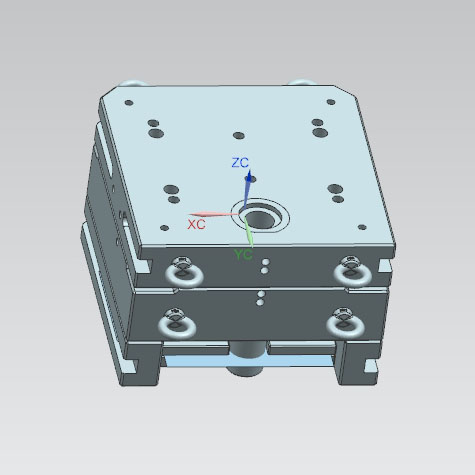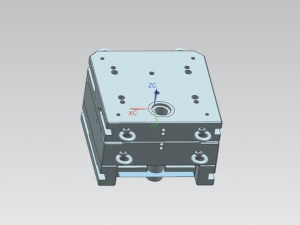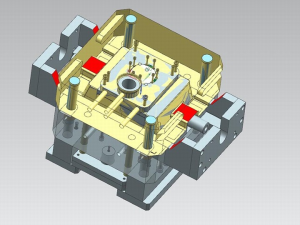For small aluminum die-casting molds, the cavity is usually directly processed on the fixed mold or moving template, that is, on the overall template; for large-scale precision molds with complex shapes, an insert template is generally used, that is, the processed cavity insert block is loaded into the template. in the die hole.

The required tools and materials are as follows:
Die master, steel, transmission, measuring instrument, EDM, slow wire, wire cutting, CNC machining center grinder, collision machine, boring machine.
Methods and steps for making aluminum die-casting molds:
The overall template processing, the overall template generally uses forgings as blanks, the processing procedures are: forging, annealing, rough machining, annealing treatment to eliminate internal stress, quenching and tempering treatment, machining, cavity finishing. The processing flow is as follows:
1, Material preparation: Cut the round bar material on the sawing machine according to the length of the material.
2. Forging: Forging the round bar into a hexahedron.
3. Annealing: Eliminate the internal stress of the forging and improve the cutting performance of the blank.
4. Rough machining: Rough machining is performed on a milling machine or planer, and the next 2 planes are placed, and then 4 planes are processed based on these 2 planes, leaving a finishing allowance of about 1mm.
5. Annealing and quenching and tempering treatment: The cutting amount is large during rough machining, which may be deformed due to uneven internal stress, so annealing treatment should be carried out before finishing to eliminate the deformation caused by internal stress. Quenching and tempering generally require hardness for 35-40HRC
6. Grinding plane: On the surface grinder, grind the upper and lower planes and the two sides that are perpendicular to each other.
7. Marking: Based on the vertical 2 sides, draw the center position and outline of the cavity, the position of the core, etc.
8. Boring: Use a coordinate boring machine to process guide post holes, core holes or sprue sleeve mounting holes.
9. Cavity processing: If the cavity is rectangular, it needs to be processed on a vertical milling machine.
10, polishing cavity.
Matters needing attention in the production process of aluminum die-casting molds:
1. When roughing, a 1mm finishing allowance should be reserved
2, annealing, quenching and tempering to eliminate internal stress balance





